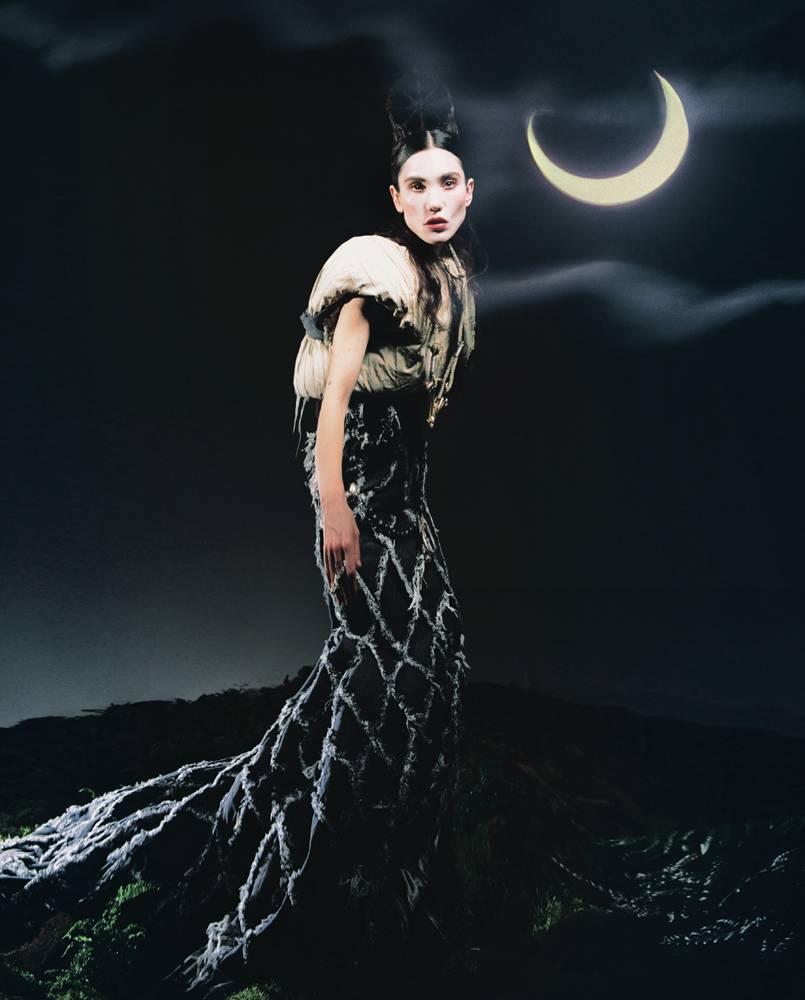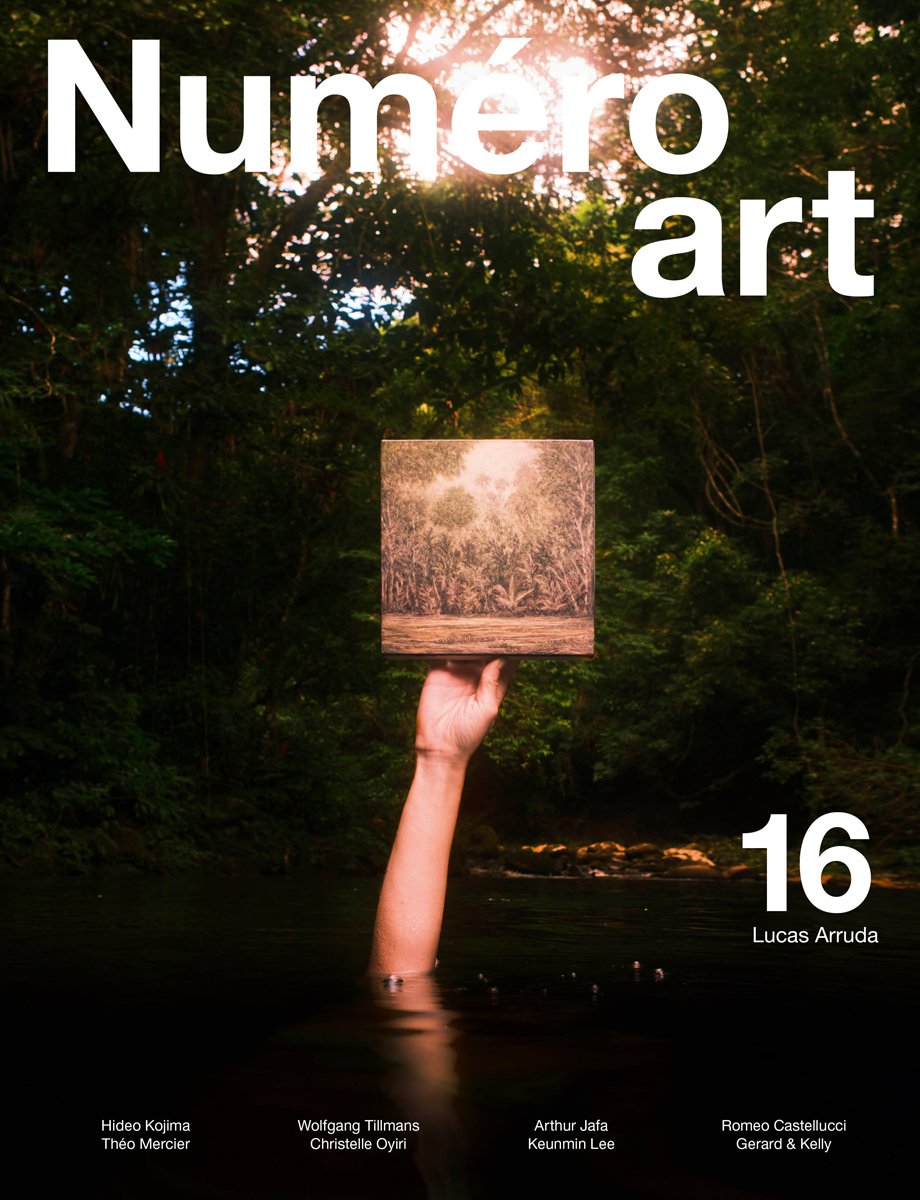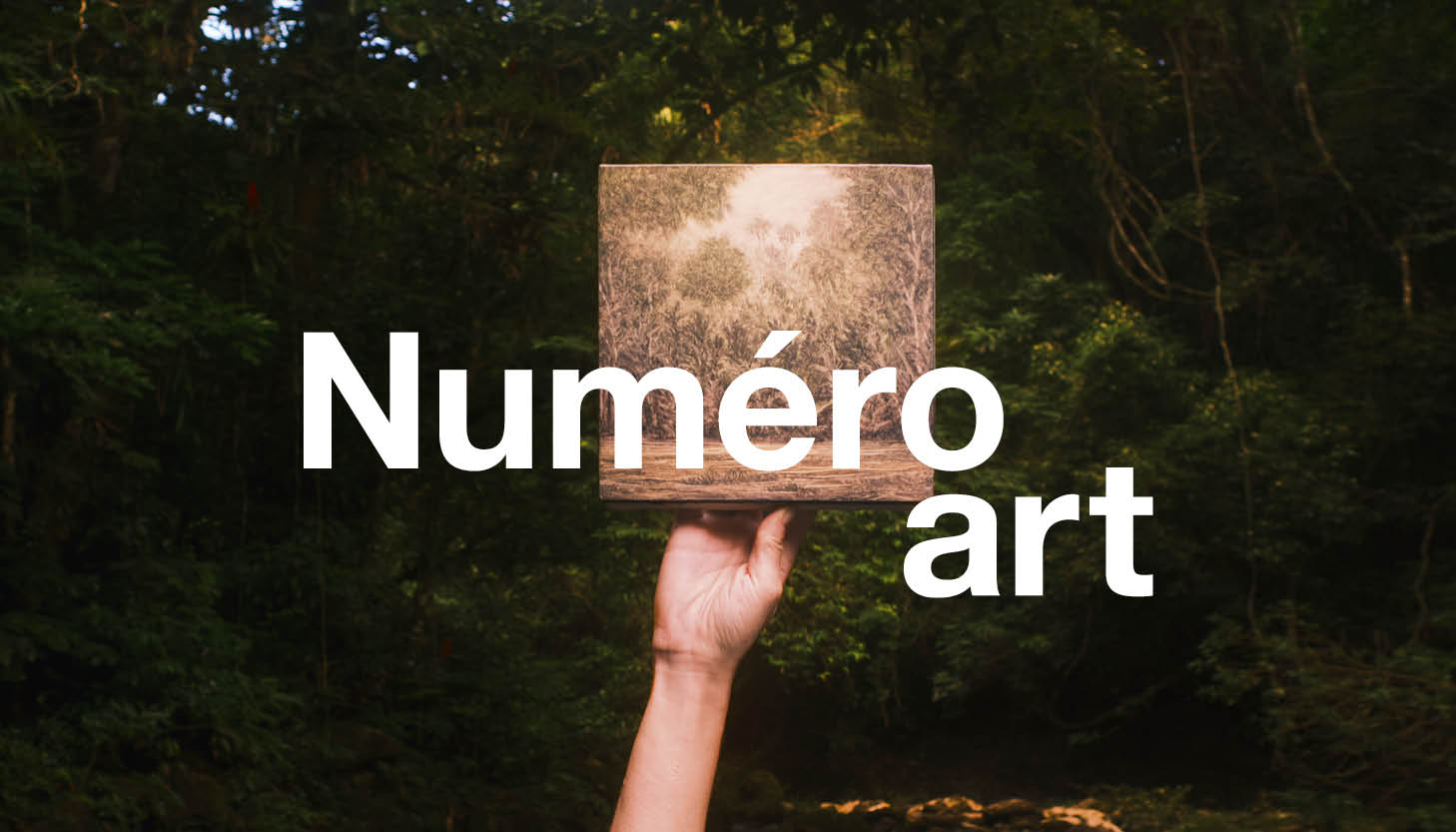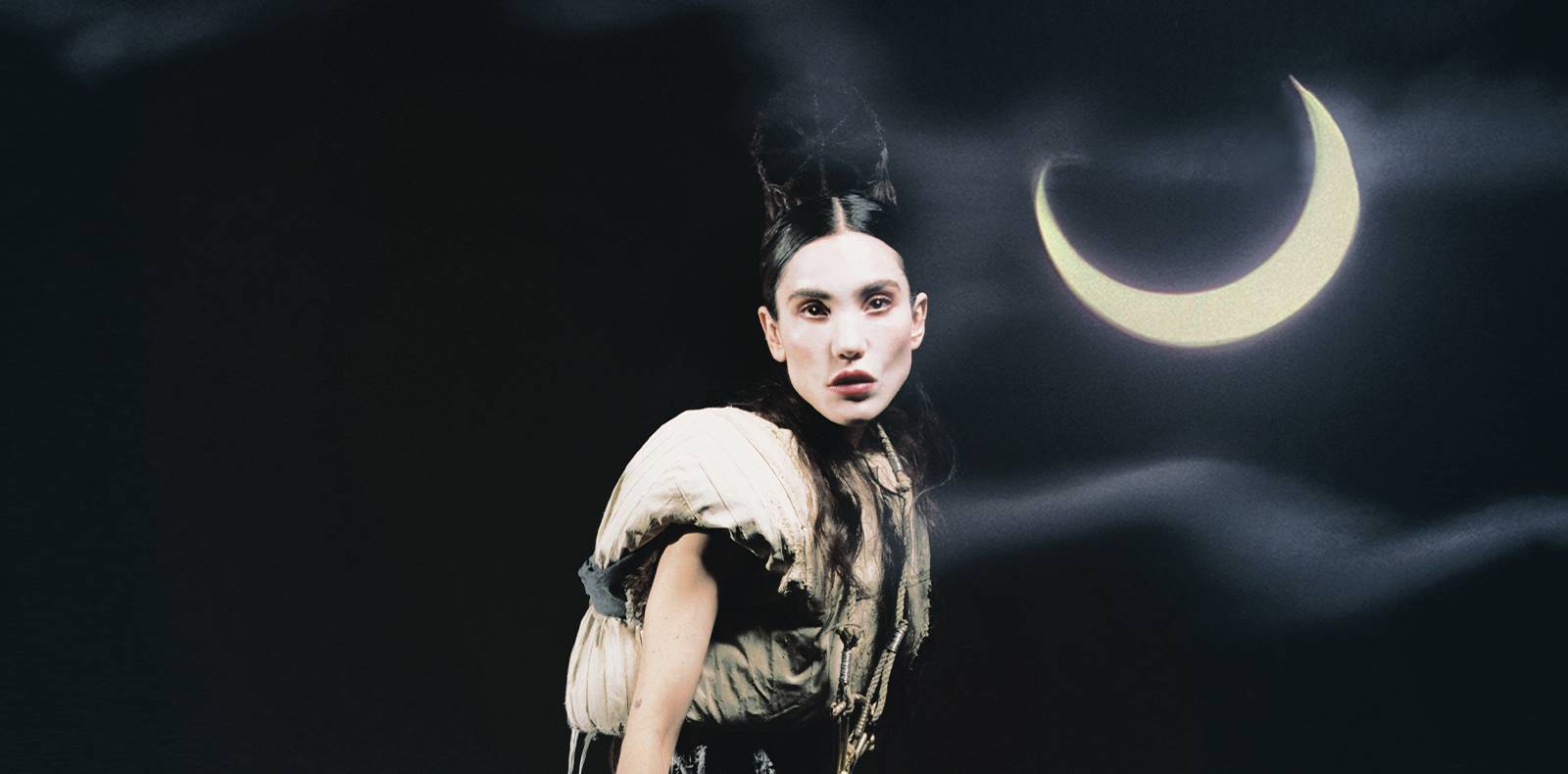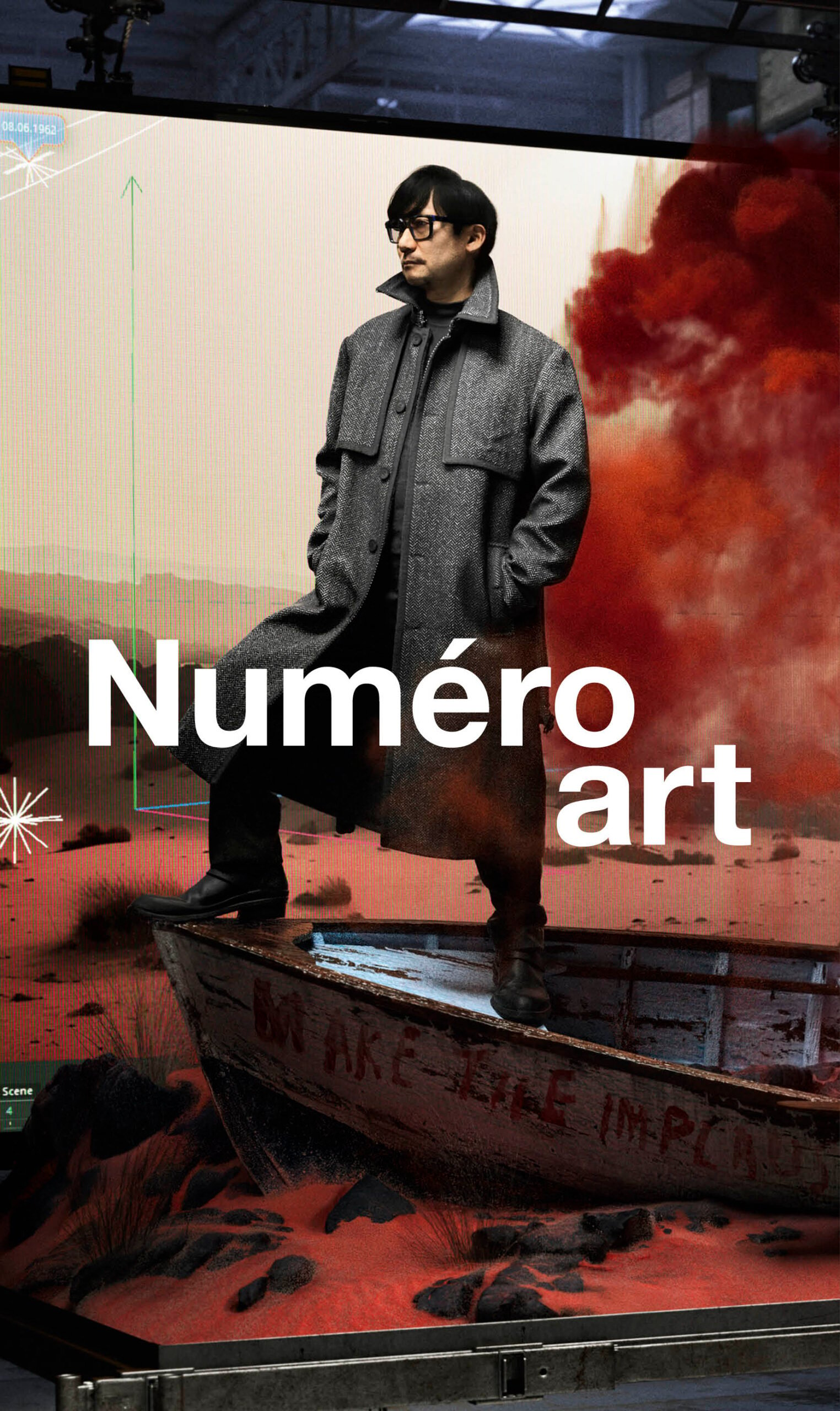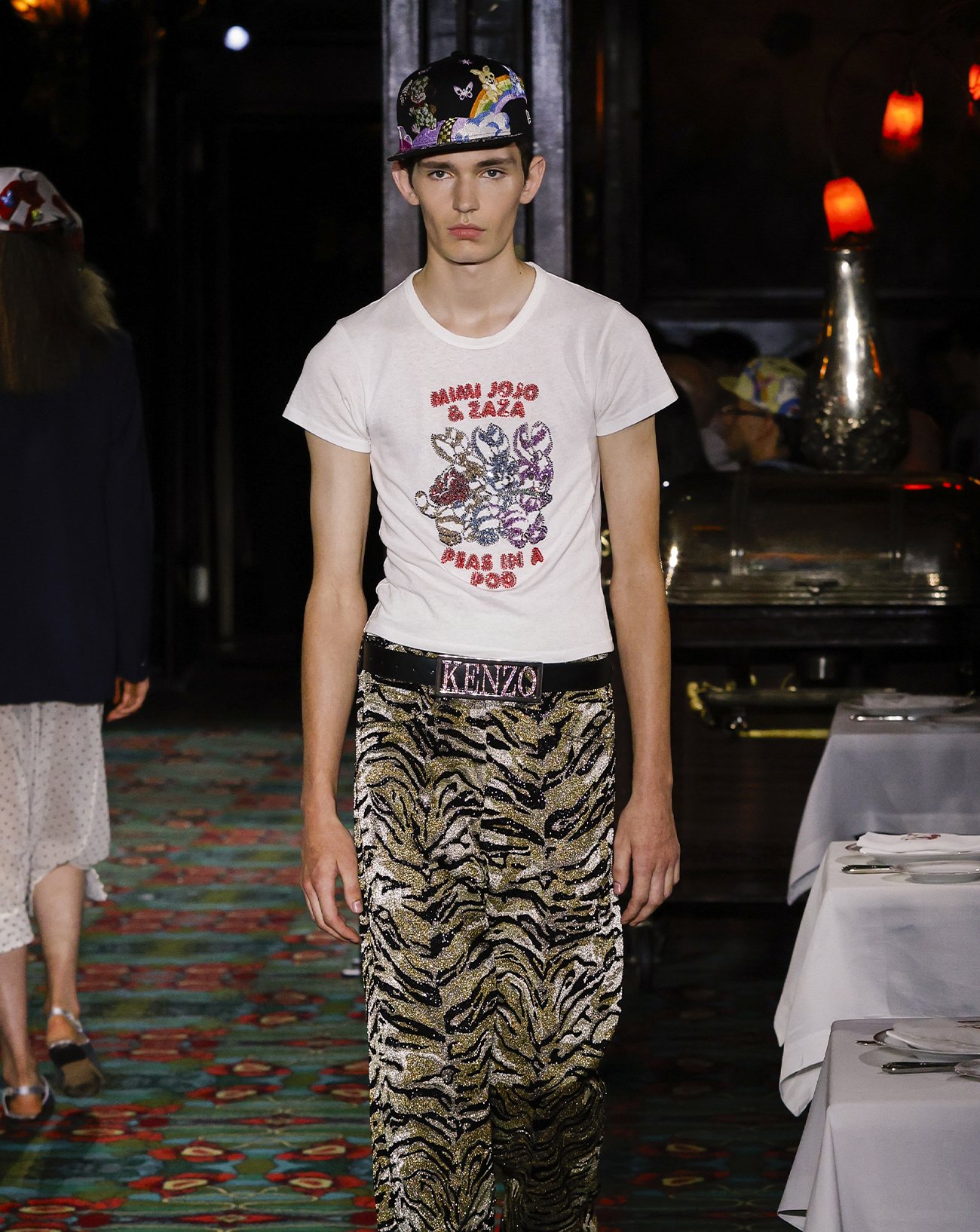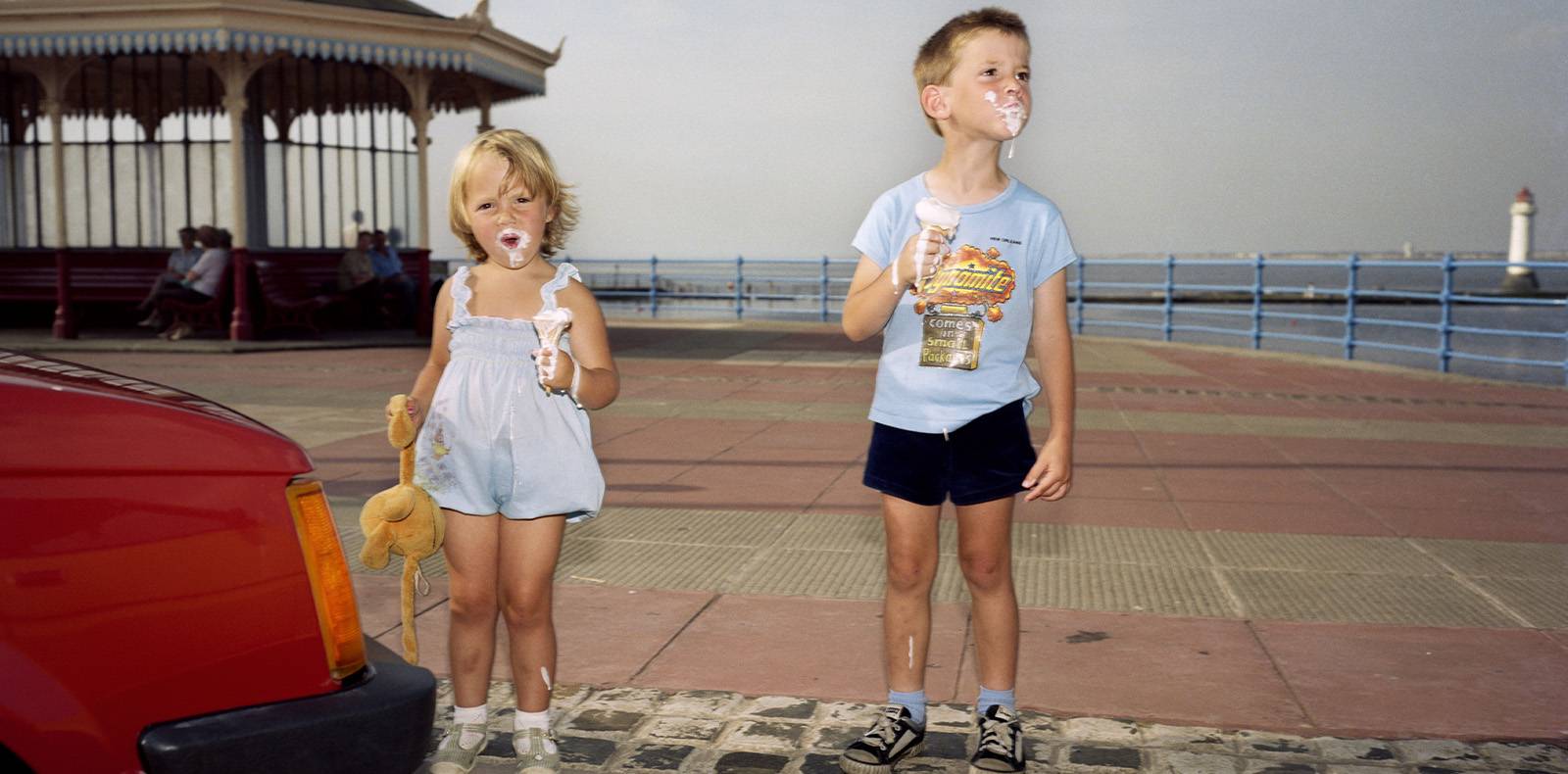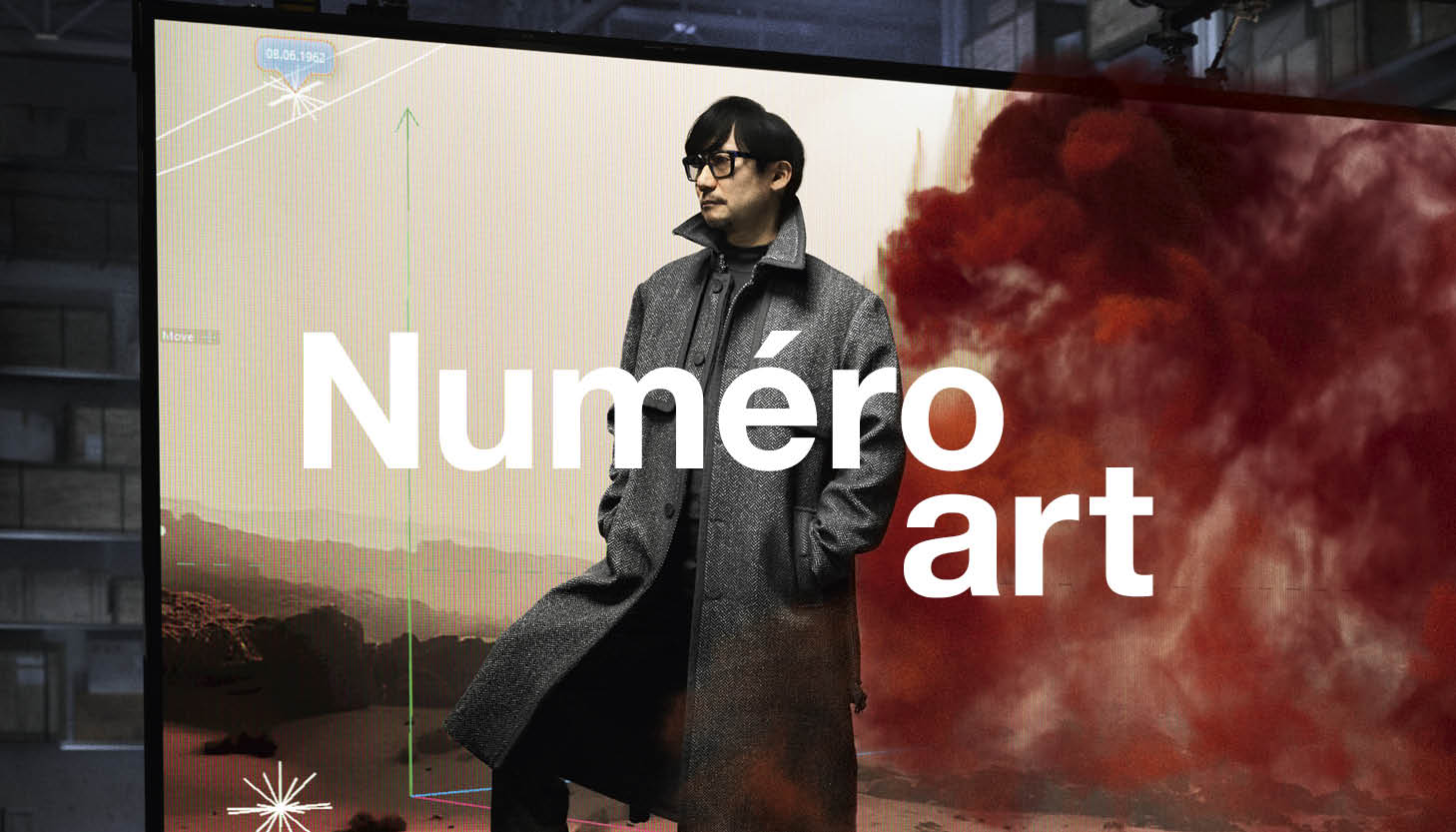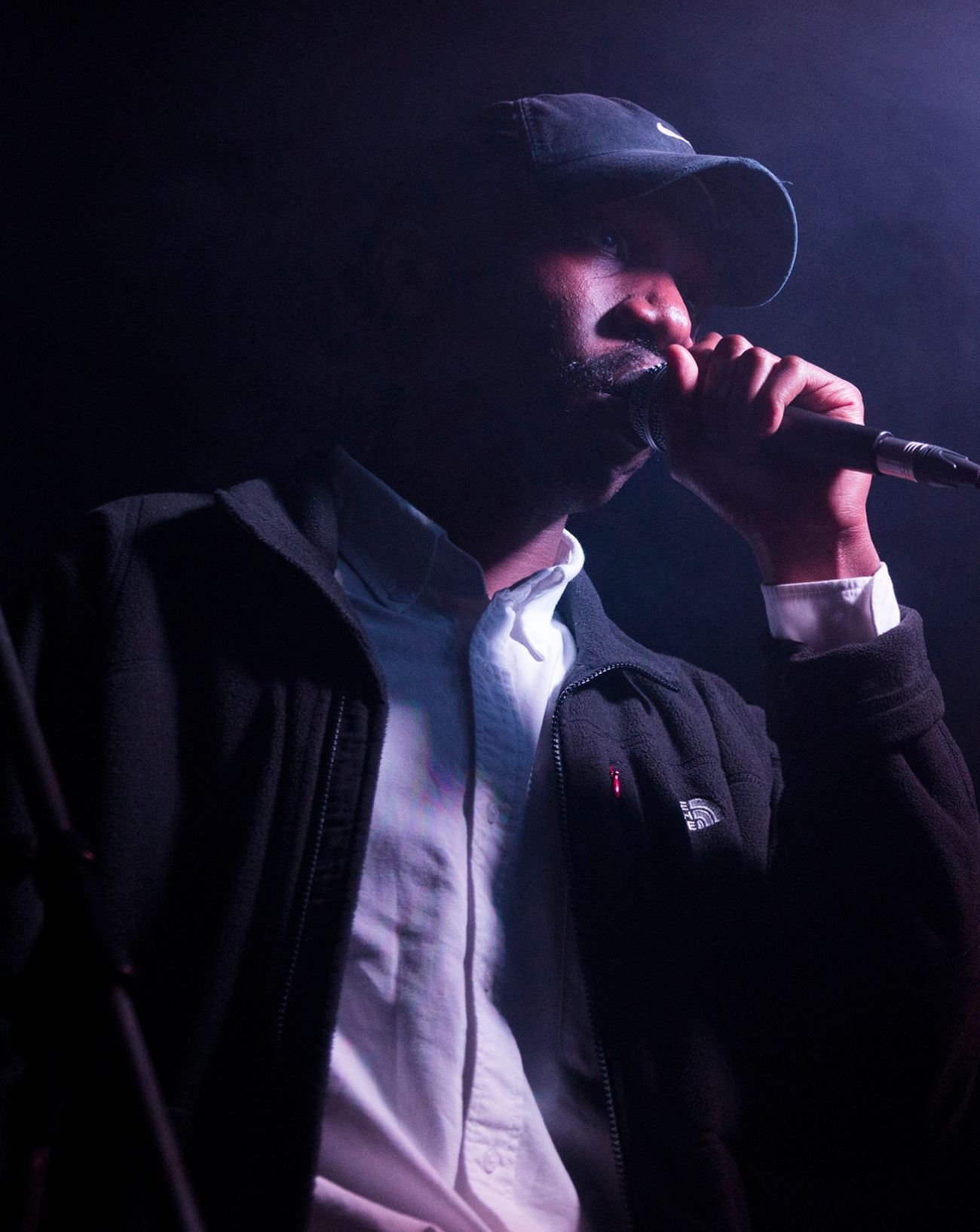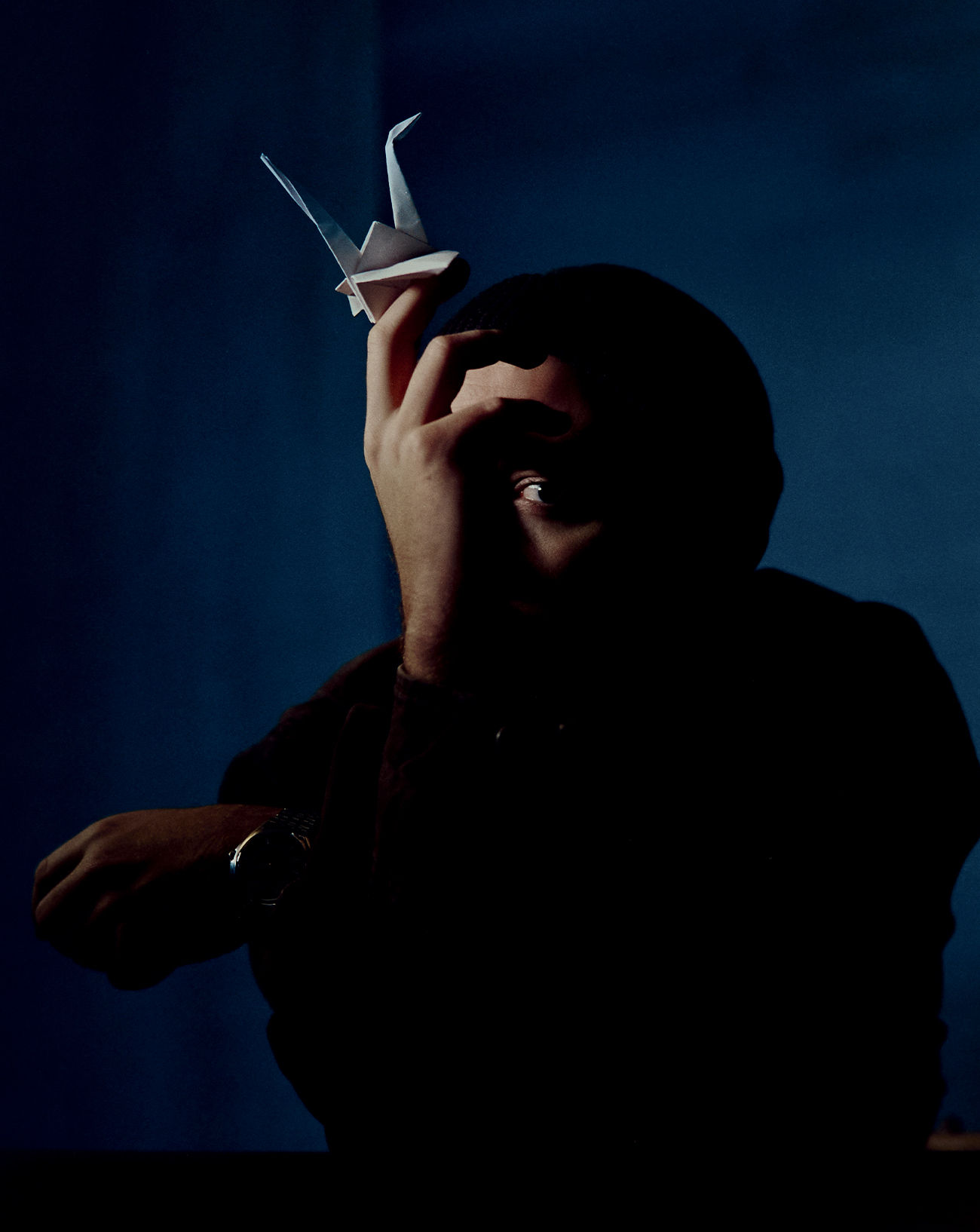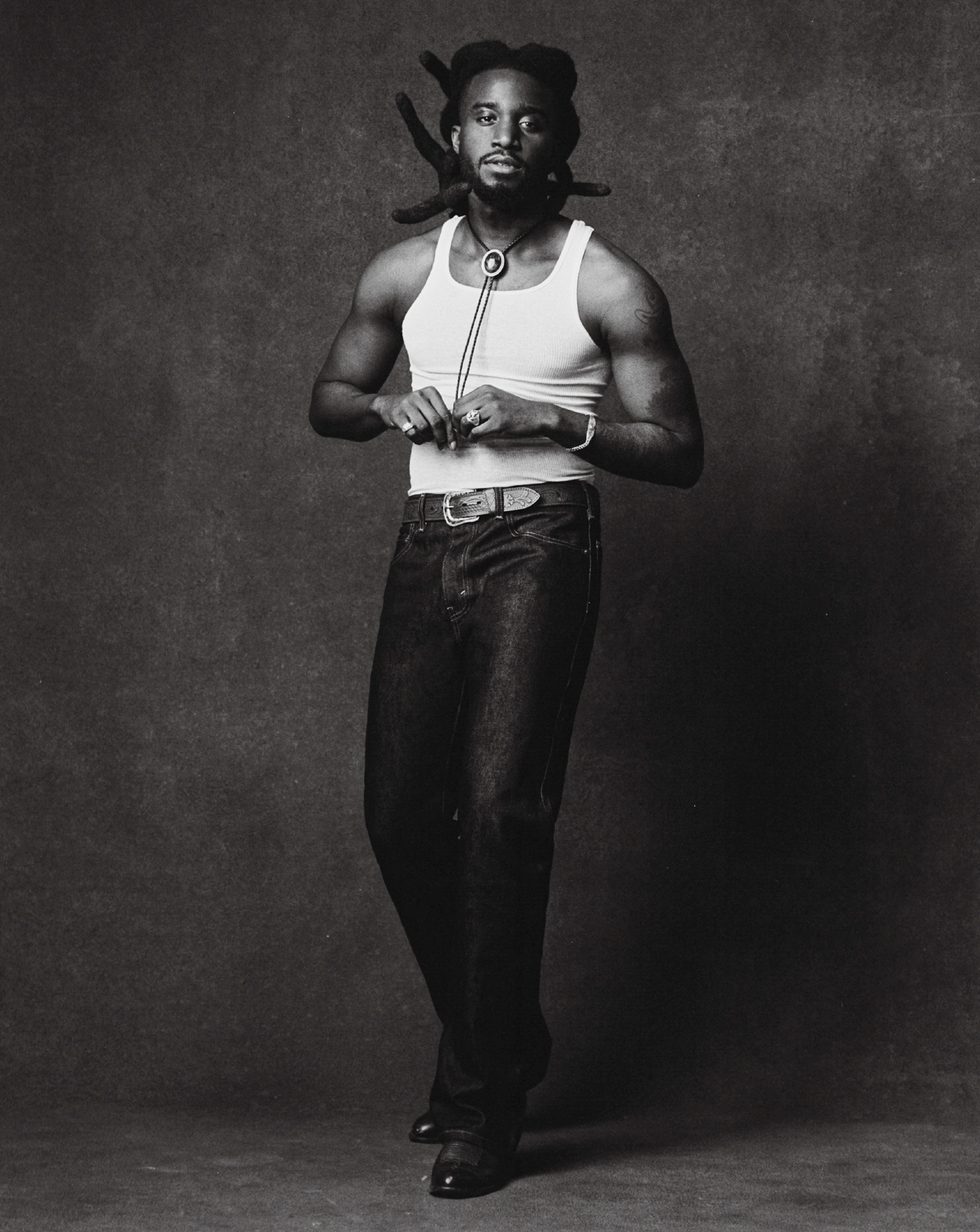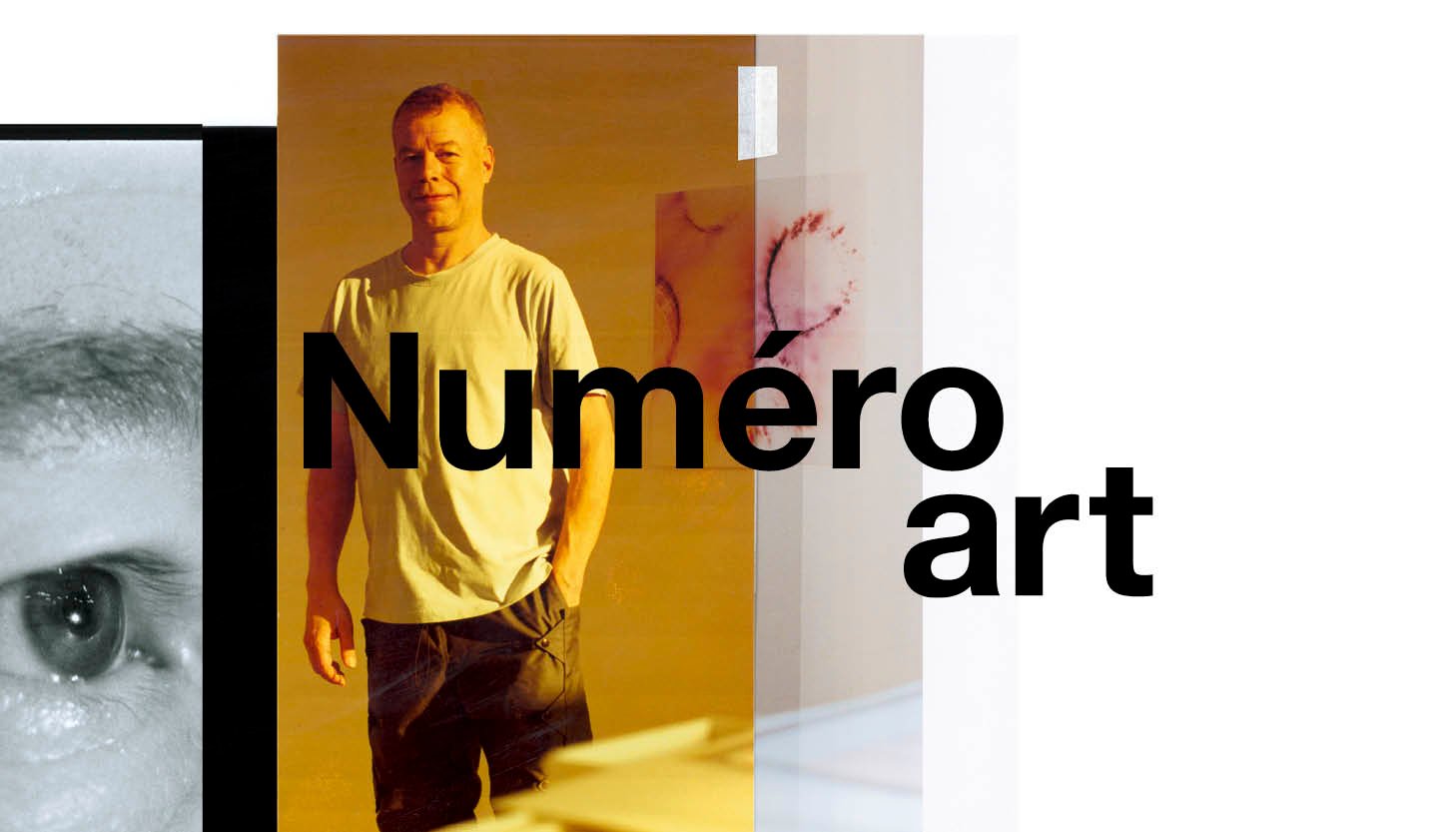Who is singer-songwriter Daniela Lalita, new romantic and gothic magnetic sensation?
Auteure-compositrice-interprète envoûtante originaire du Pérou, la jeune Daniela Lalita vient de sortir un premier EP remarqué, Trececerotres, où elle dévoile une épopée vocale à la croisée des genres, teintée de magie et de mélancolie.
Texte par Matthieu Jacquet,
Photos par Colin Solal Cardo,
Portraits by Colin Solal Cardo,
Text by Matthieu Jacquet.
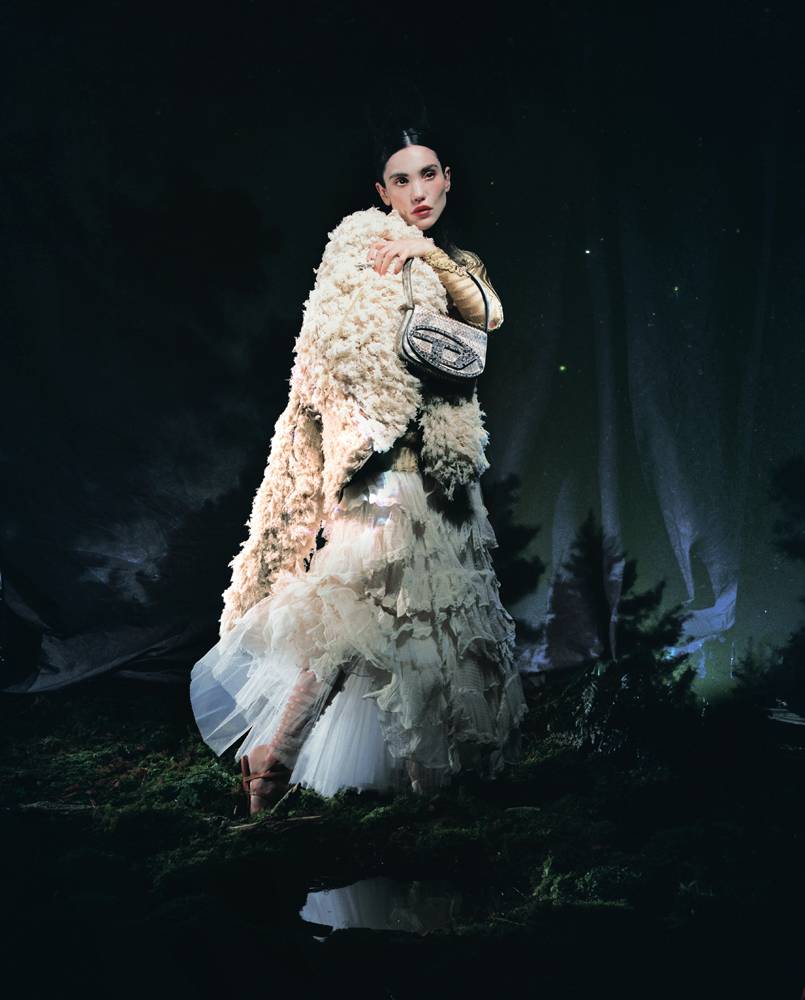
L’univers mystique de Daniela Lalita, musicienne ensorceleuse
En se plongeant dans la musique de Daniela Lalita, on imagine aisément un ordre de sorcières réunies autour du feu à la pleine lune pour se livrer au sabbat, pendant que loups, chouettes et autres bêtes nocturnes hurlent au loin. Car à l’image du chant magnétique des sirènes, la musique de la jeune auteure-compositrice-interprète péruvienne basée à New York attire l’auditeur dans les filets de sa voix polymorphe. Instrument principal de la chanteuse, qui dévoilait en septembre dernier Trececerotres, son premier EP, celle-ci s’y dévoile tantôt douce et enjôleuse dans des murmures sensuels, tantôt primitive et menaçante dans ses râles et autres sons gutturaux presque primitifs, voire guerrière dans les sifflements et cris suraigus d’un chœur féminin en cavalcade, livrant l’image d’une armée de walkyries fendant les airs. Tels sont les ingrédients majeurs d’une musique aussi envoûtante qu’effrayante à la croisée des genres, teintée de magie, de mélancolie et d’une touche de folklore.
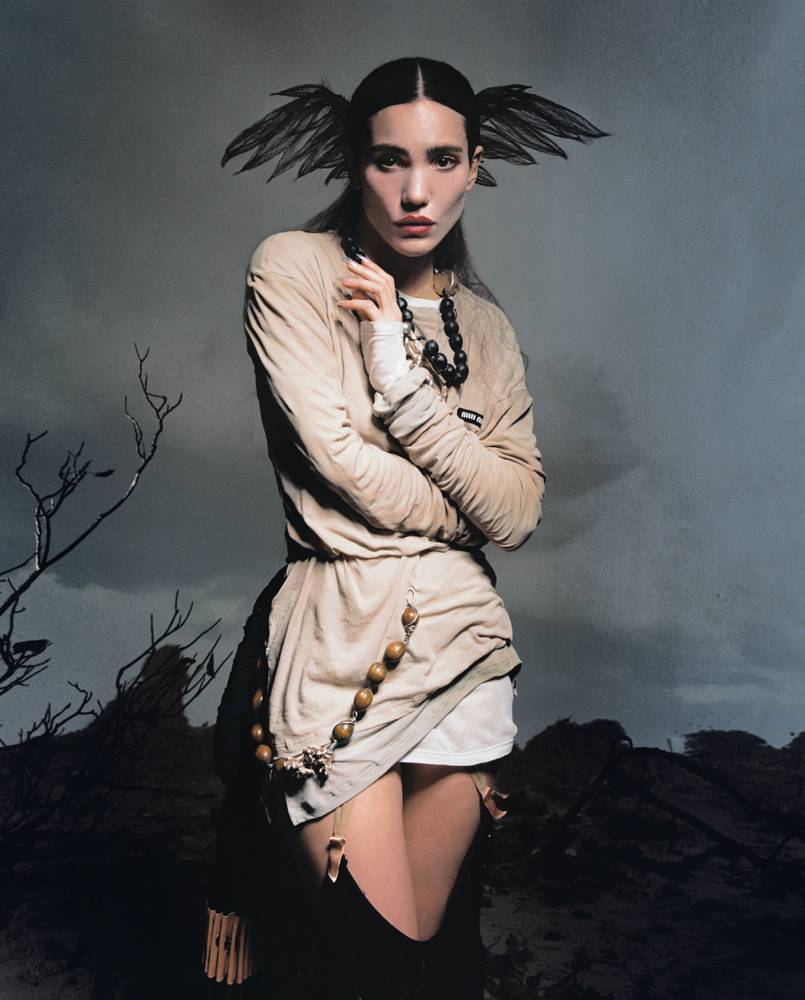
Daniela Lalita, une artiste qui repousse les limites avec sa voix
Dès son plus jeune âge, Daniela Lalita perçoit sa voix comme un outil d’expression aussi primordial que puissant. Afin de communiquer entre elles, la jeune fille, sa mère – elle-même musicienne dans plusieurs groupes – et sa grand-mère se passent souvent des mots pour leur préférer l’intention derrière les sons. Très tôt, la Péruvienne exploite plus sérieusement ce potentiel en doublant des enfants ou des créatures de publicités télévisuelles : placée face à un micro entre ses 5 et ses 10 ans, elle apprend à formuler différentes émotions grâce à ses acrobaties vocales. Au fil de la dizaine d’années qui suivra, la musique passera chez elle de la passion à la vocation. Lorsqu’elle s’installe aux États-Unis et entame un cursus en technologie musicale à la prestigieuse université de New York, Daniela Lalita se plonge dans la composition. Guidée par son mentor Morton Subotnick, figure notoire de la musique électronique, la native de Lima repousse les limites de l’expérimentation sonore et se prend de fascination pour le Buchla, un synthétiseur qui lui permet d’innover encore davantage avec sa voix. “Dès que je l’allumais, j’avais l’impression que je donnais la vie, confie-t-elle, comme si chacun de ses modules était un organe.”
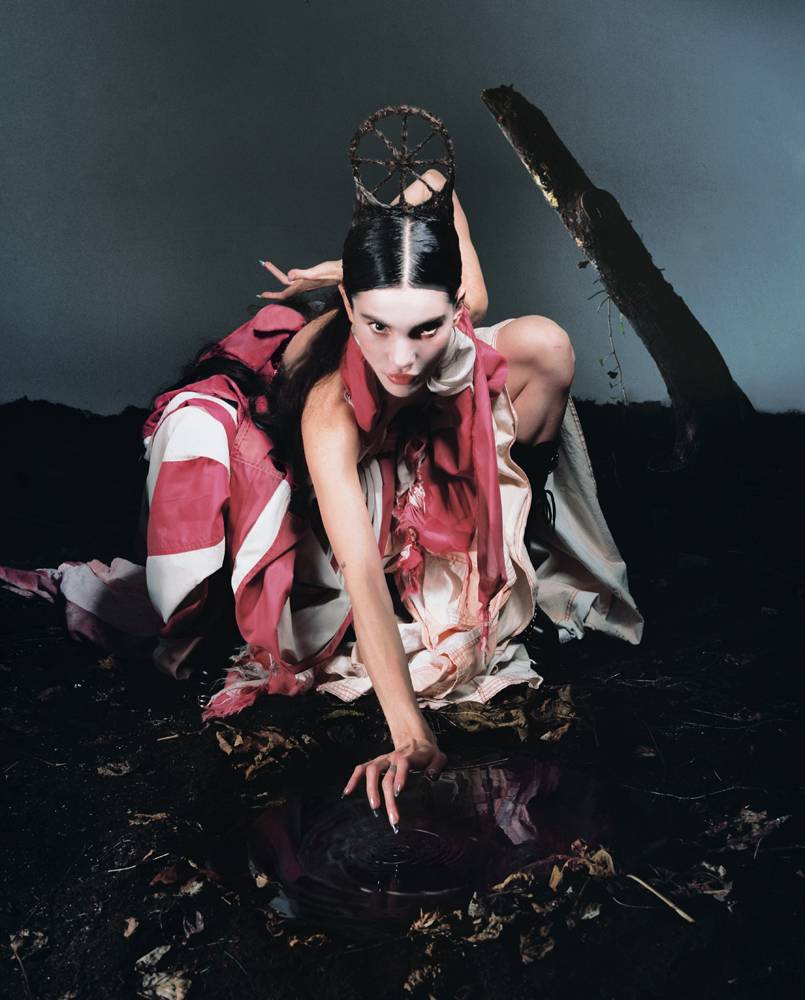
De la voix au corps, le rapport viscéral à la musique de Daniela Lalita
Ce rapport viscéral de Daniela Lalita avec le chant s’illustre également dans sa façon de l’incarner à l’image. Depuis l’enfance, elle vit la musique dans sa chair : de son salon, où la jeune fille s’amusait durant ses moments de solitude à se produire devant un public imaginaire, à ses expériences comme mannequin à New York, en passant par ses années de ballet, le mouvement lui permet de donner corps au feu qui l’habite. Pour preuve, en 2017, durant ses études, elle présente Madre, une performance flamboyante entre défilé de mode, projection de film et spectacle de théâtre, qui lui vaut d’être repérée par son futur label, Young. Son désir d’expressivité se reflète rapidement dans sa manière de se mettre en scène. Sur la couverture de son EP, une robe noire moulante la change ainsi en ombre spectrale et longiligne, contrastant avec la créature angélique ou la dame blanche tout droit sortie d’un roman gothique qu’elle incarne dans les tenues blanches et aériennes qu’elle arbore tout aussi volontiers. Pour la vidéo de son titre Tenia Razón, l’artiste réunit autour d’elle un groupe de femmes dont les mouvements proches de la transe évoquent les chorégraphies de Pina Bausch, tandis que dans celle de Pisoteo, elle se contorsionne seule, tel un animal guidé par son instinct primaire.
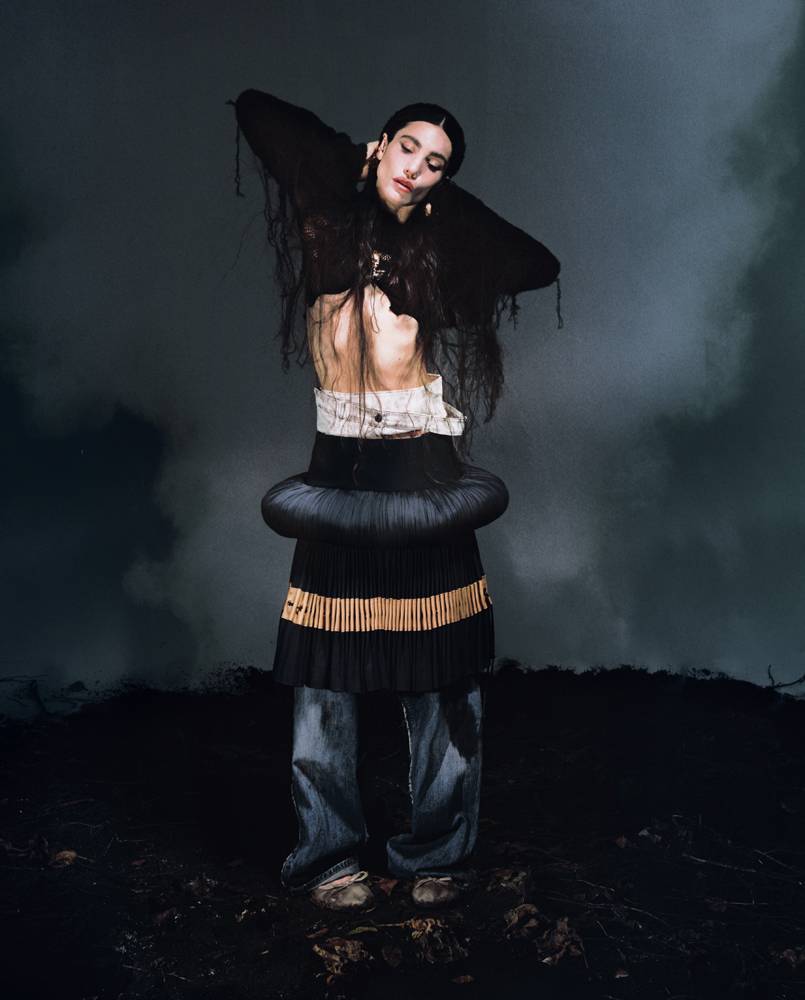
Trececerotres: un premier EP matriarcal chargé d’histoire et d’émotions
Paru au terme de cinq ans de travail, son premier EP rend hommage à l’environnement matriarcal dans lequel elle s’est construite dès son titre, Trececerotres, “treize zéro trois” en français, qui renvoie au numéro de l’appartement familial où sa mère, sa grand-mère et elle ont partagé tant d’histoires et d’émotions. Écrit et interprété dans sa langue natale, chaque morceau a été imaginé par l’artiste comme un personnage dont elle a défini les caractéristiques précises. En résultent cinq titres tantôt inquiétants, tantôt plus apaisés, voire dansants, dont les différences transitent par les variations de tempo, la densité des voix, les harmonies dissonantes et même des rythmes subtilement hispanisants qui rappellent parfois le flamenco. À la tonalité sombre de cet EP, réalisé majoritairement en solitaire, Daniela Lalita compte répondre par un premier album qu’elle envisage comme “une célébration emplie de confiance et de légèreté”. Pour atteindre cet objectif, l’artiste prépare déjà une excursion entre l’Angleterre, l’Espagne et la jungle péruvienne afin de nourrir son opus d’une force inédite : la collaboration.
Daniela Lalita, Trececerotres (Young), disponible.
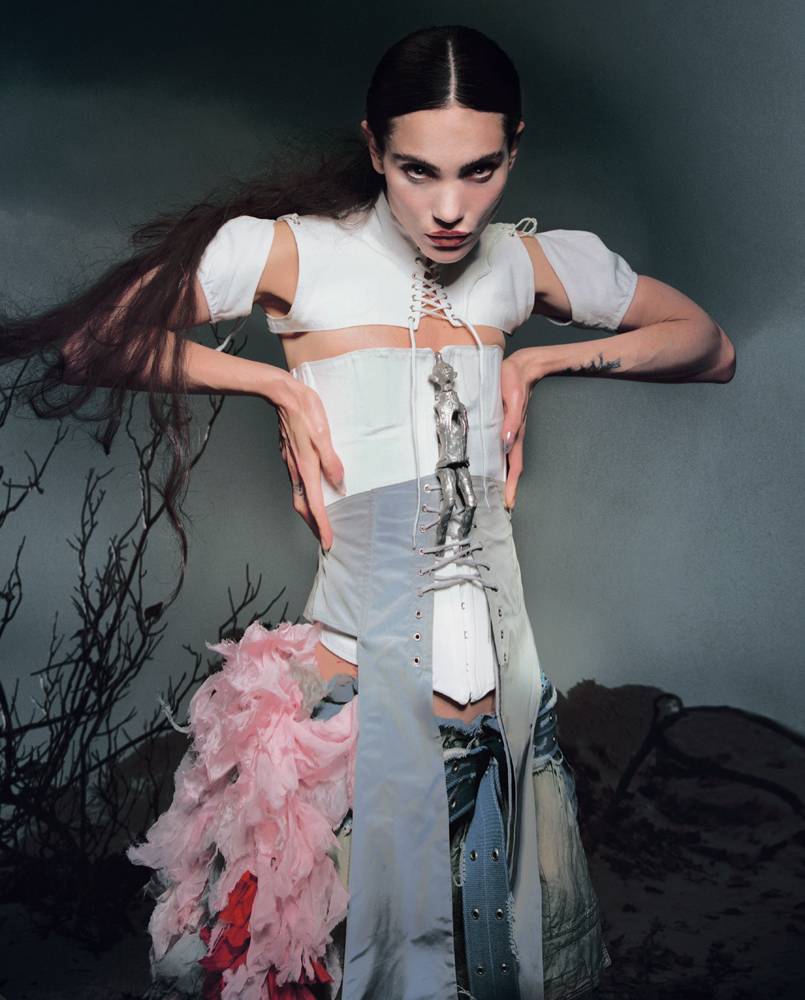
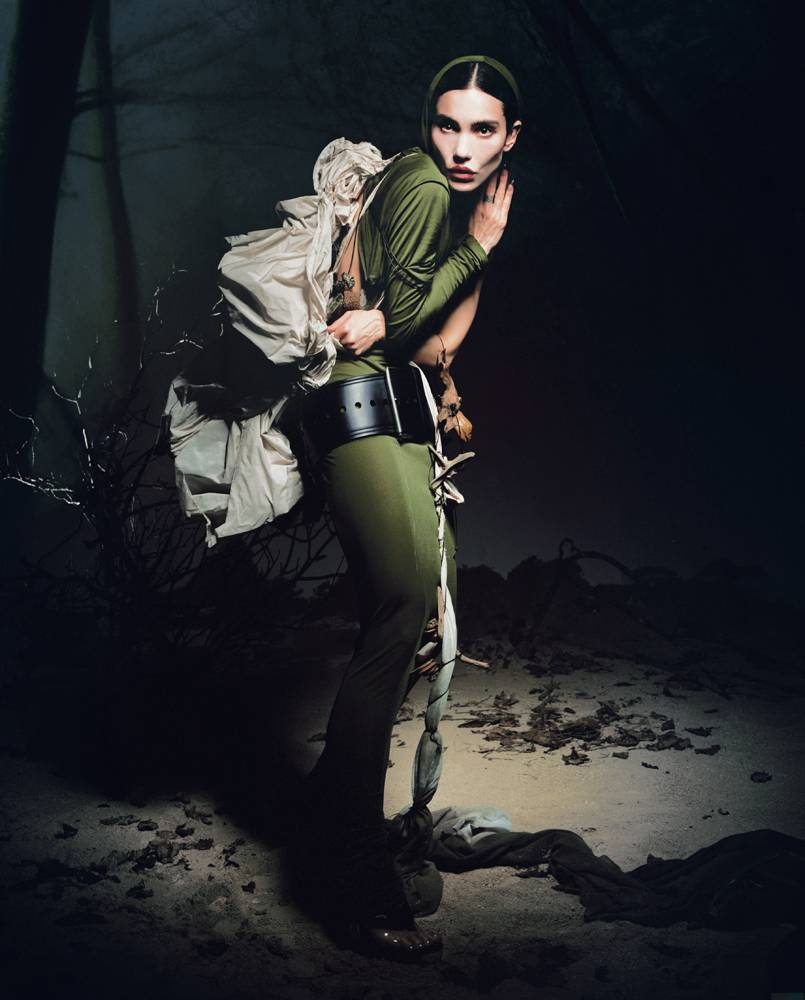
Car celle qui a grandi près de l’océan et de la jungle aime à le rappeler : si la nature reste sa source principale d’émerveillement, bien d’autres références l’inspirent comme l’iconographie religieuse, les rituels et les lieux de culte et, bien sûr, le cinéma… Biberonnée aux films des années 1920 et à leurs décors artificiels composant un univers de toutes pièces, l’artiste est également grande amatrice de cinéma d’épouvante, notamment des cinéastes Dario Argento, Robert Eggers ou encore Ari Aster. Sa pratique quotidienne de la peinture, de la sculpture et la conception de ses costumes ne viennent que compléter le riche paysage “psychologique”, selon ses mots, dans lequel cette grande perfectionniste se projette et entraîne ses auditeurs.
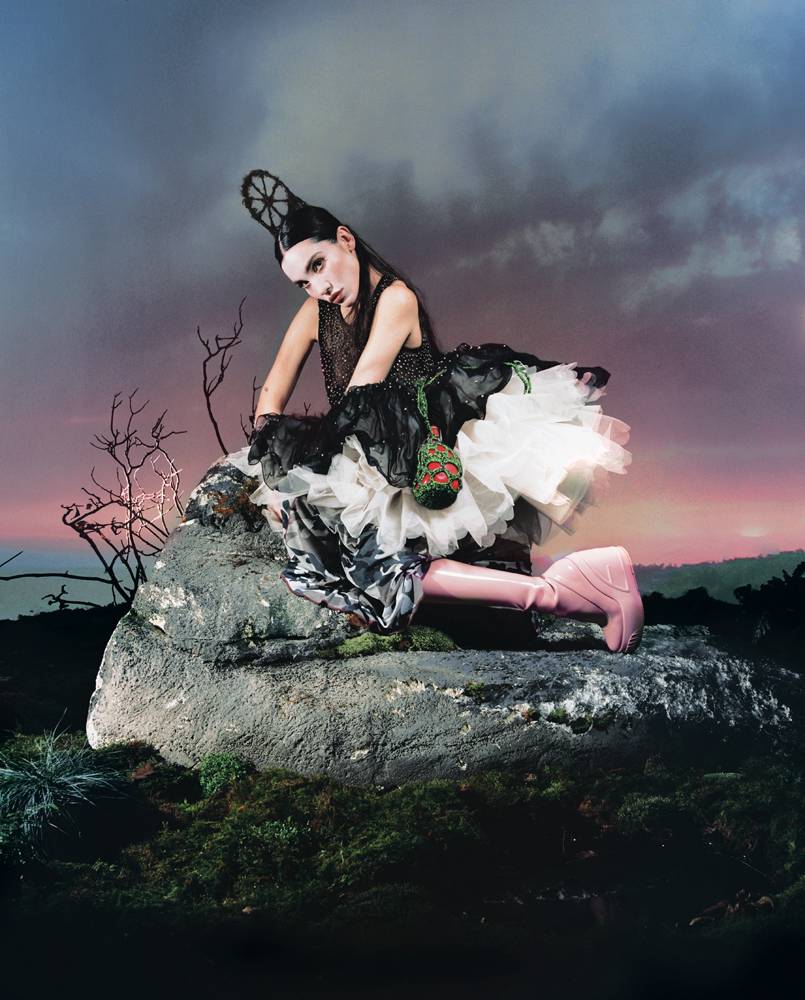
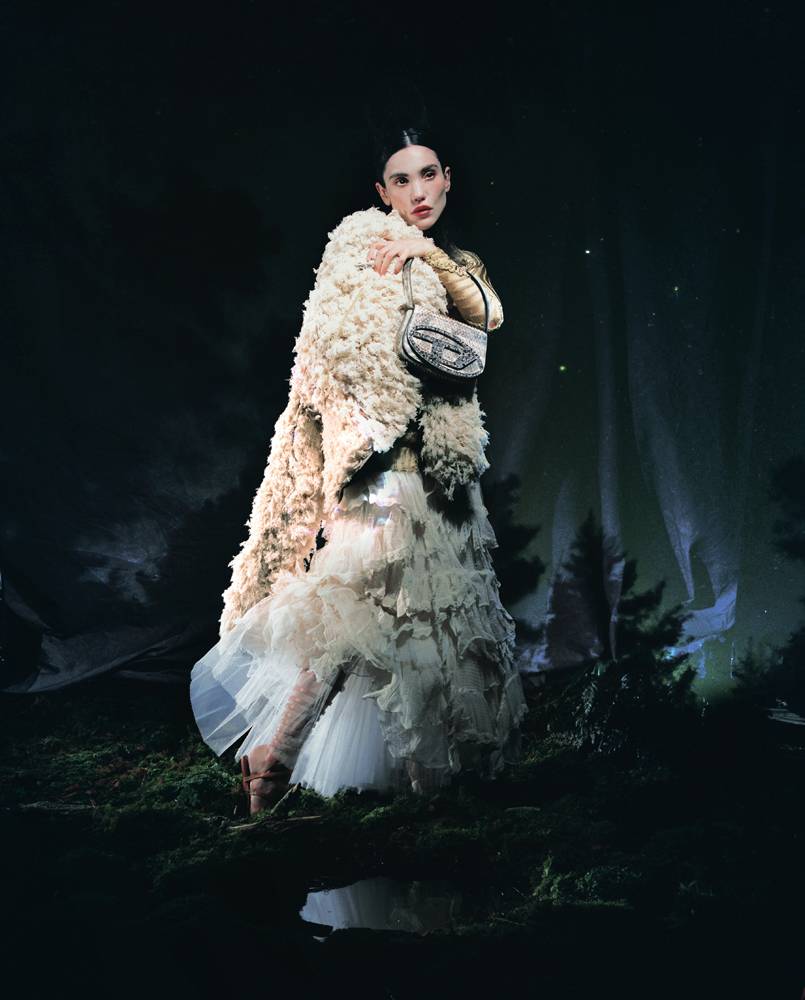
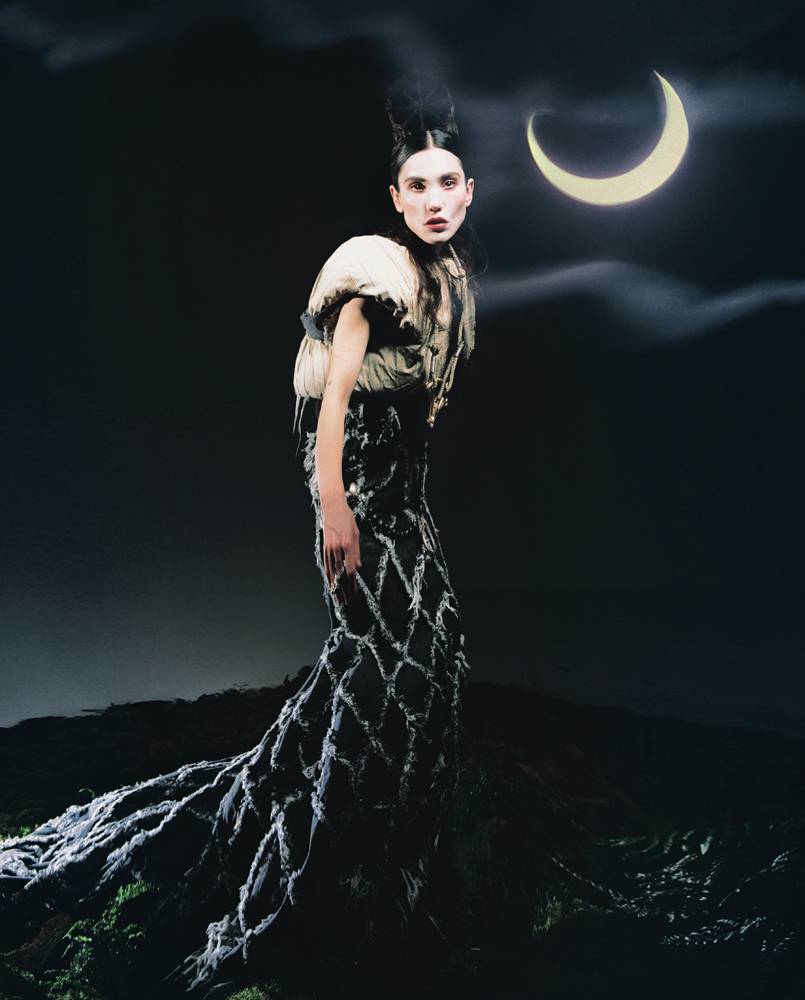
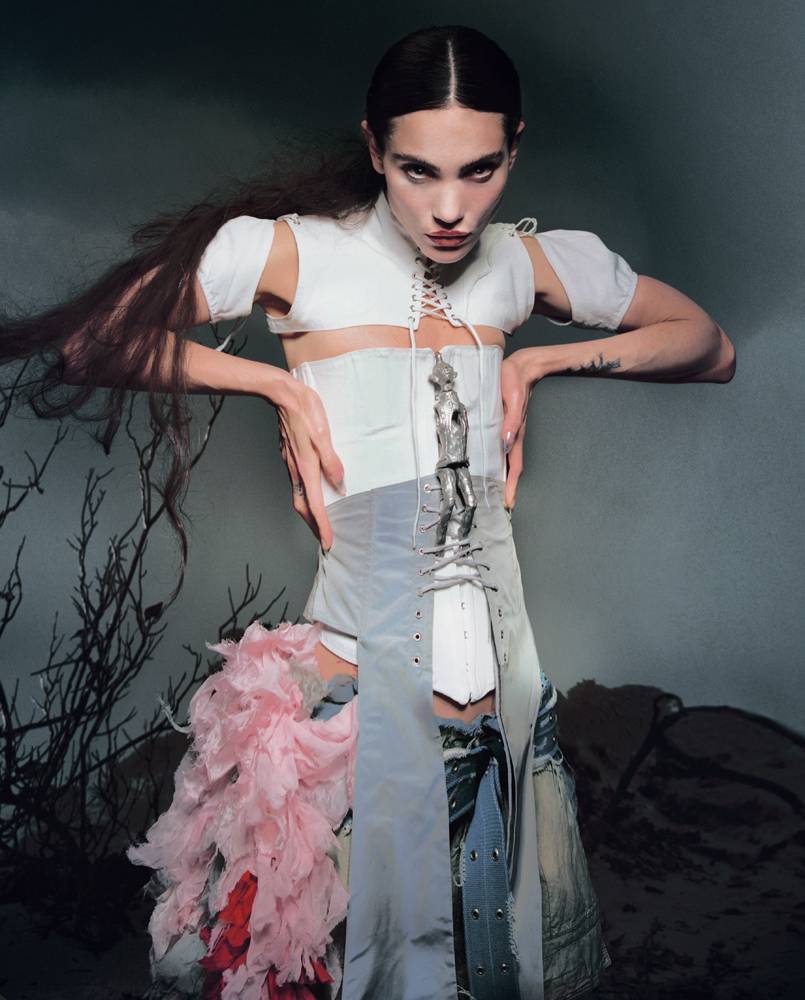
Hearing Daniela Lalita’s music, you immediately see a coven of witches gathered round a fire at full moon while wolves, owls and other night creatures cry out in the dark. For just like the sirens of myth and legend, this young, New York-based Peruvian singer-songwriter catches the listener in the nets of her polymorphic voice. Indeed the voice is Lalita’s principal instrument, as amply demonstrated on her first EP, Trececerotres, which was released last September – a voice that is at times a sensual cajoling murmur, at others a primitive guttural growl, but also attains a warlike screech worthy of a cavalry of Valkyries.
Daniela Lalita, an artist who pushes musical limits with her voice
These are the ingredients of Lalita’s multi-genre sound, as bewitching as it is frightening, steeped in magic, melancholy and a touch of folklore.From a very young age, she perceived her voice as a means of expression that was as primordial as it was powerful. When communicating with each other, Lalita, her mother – who is herself a musician in several bands – and her grandmother often preferred sounds to words. Soon she began to use her voice in TV adverts, dubbing images of children or creatures – placed in front of a microphone between the ages of five and ten, she learned to mimic different emotions through her vocal acrobatics. Over the decade that followed, music evolved from a passion to a vocation, and when she moved to the US to study music technology at NYU, Lalita began composing under the guidance of her mentor, Morton Subotnick, a prominent figure on the electro scene. Pushing the experimental limits, she became fascinated by the Buchla, a synthesizer that allowed her to innovate yet further using her voice. “The moment I turned it on, I had the impression I was creating life,” she recalls. “It was as though each of its modules were a bodily organ.”
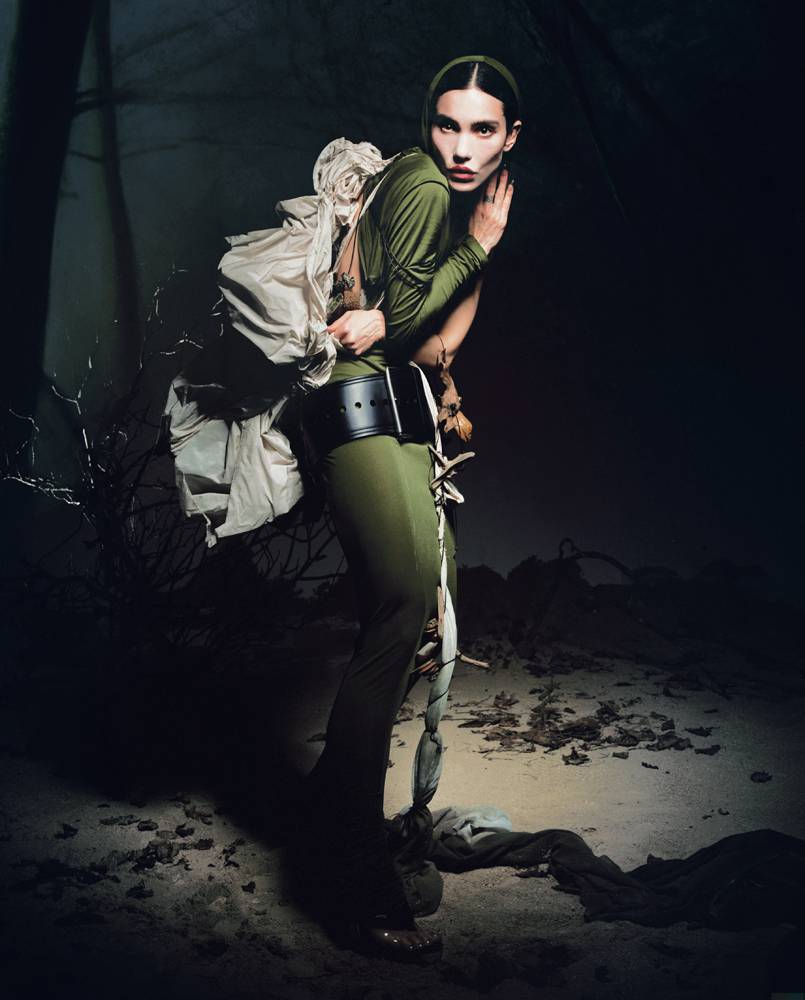
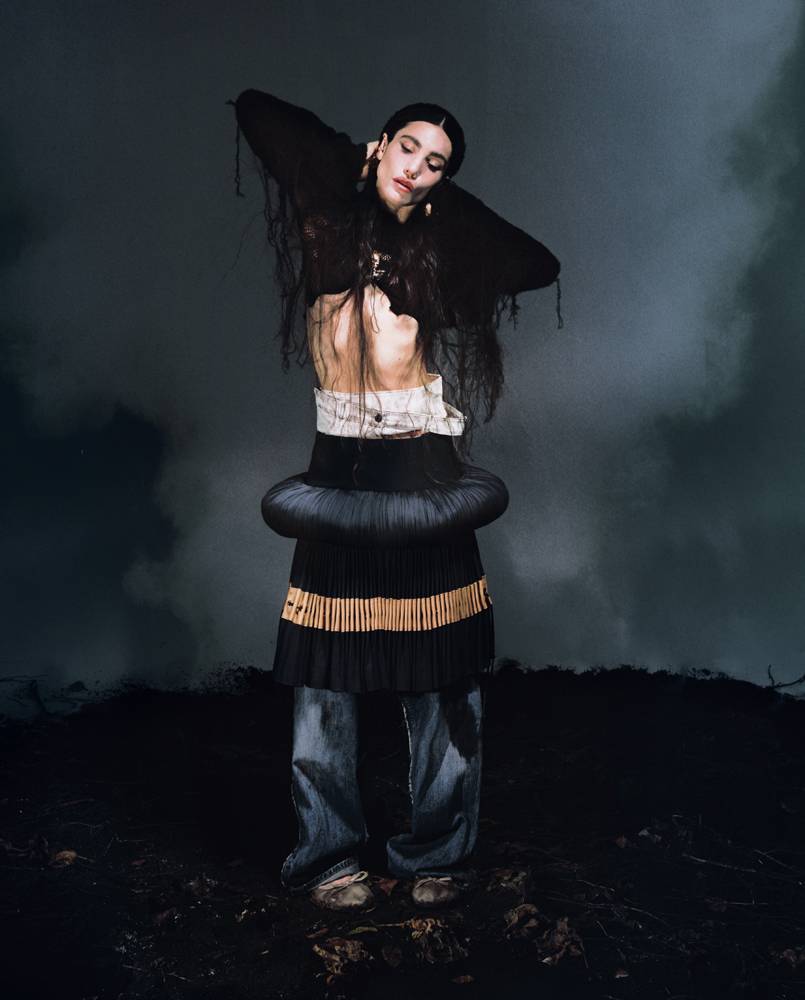
Lalita’s visceral relationship with the voice also comes through in her way of embodying it in images. Since childhood, she has felt music in her body: from the maternal living room, where she used to perform before an imaginary audience, to her stints as a model in New York or the years she spent dancing ballet, movement has allowed her to give form to the fire within her. A good example was her flamboyant 2017 performance Madre, which she wrote as part of her studies – a mix of fashion show, film projection and theatre, it caught the attention of her future label, Young. Her search for expressivity can also be seen in the way she stages herself on the cover of her EP, in a tight black dress that turns her into a spectral shadow, in contrast to the white, ethereal outfits she also likes to dress up in, which make of her an angel or a white lady from a gothic novel. Naturally, she develops this side in her videos too: for Tenia Razón, she appears with a group of women whose trance-like movements recall the choreography of Pina Bausch, while for Pisoteo she gesticulates alone like an animal guided by primal instinct.
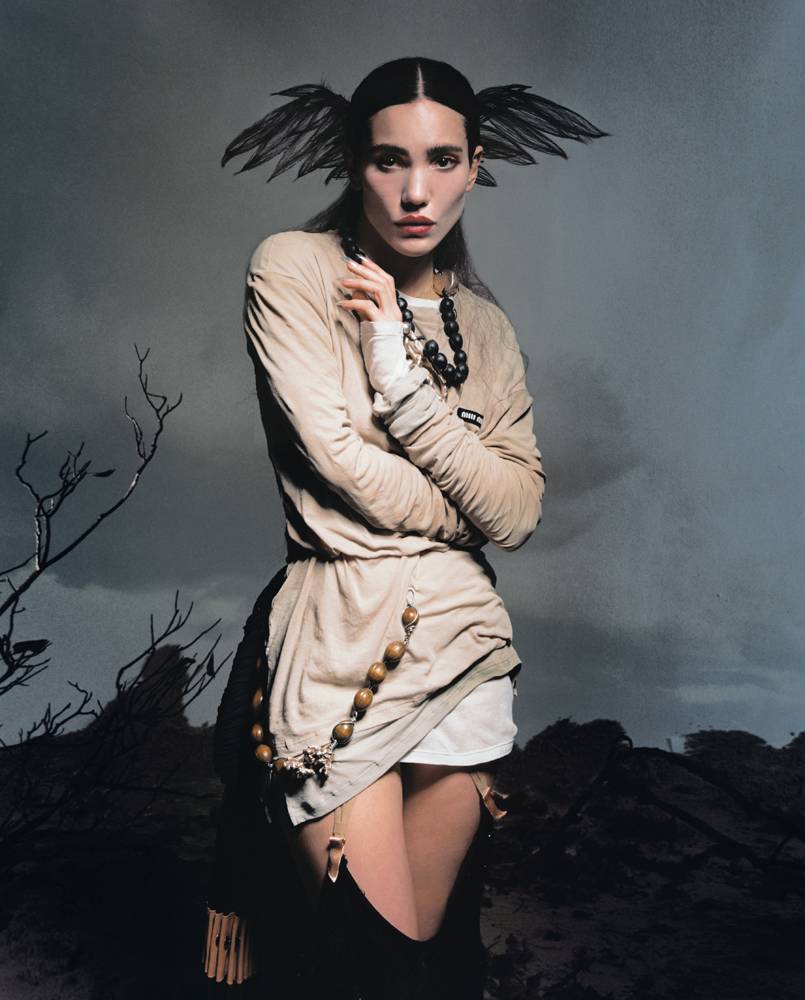
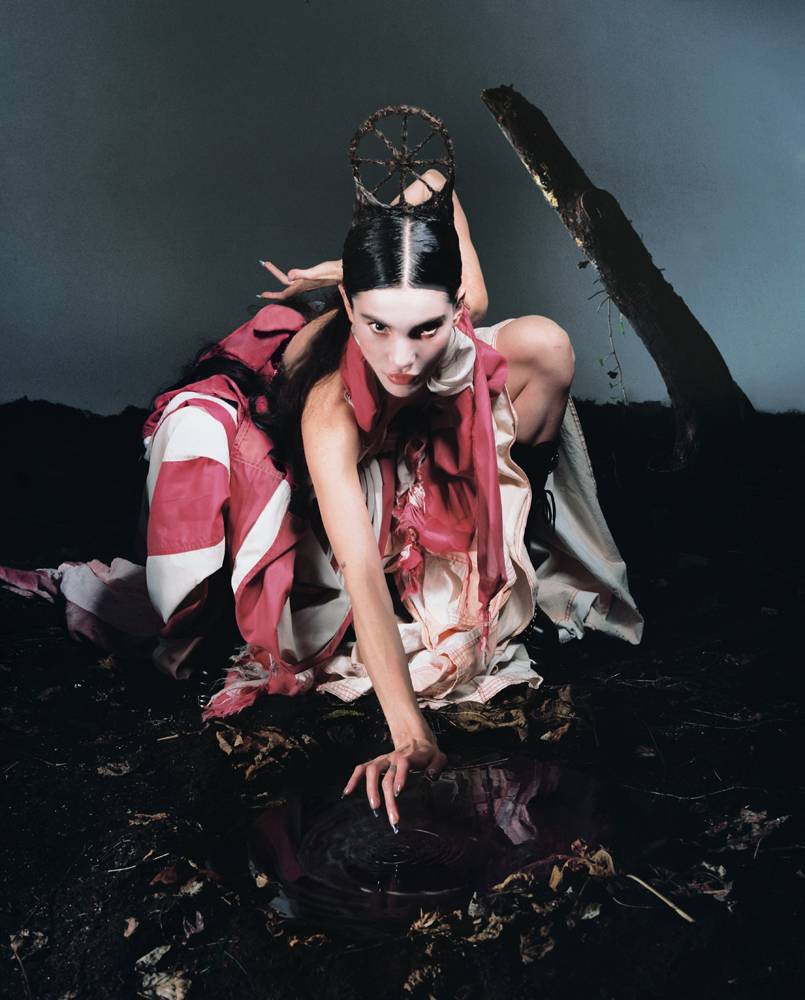
This Lima native who grew up between the ocean and the jungle likes to remind us that, though na- ture remains her main source of wonder, there are many other refer- ences that inspire her, from religious rituals and iconography to cinema. Brought up on the fantastical artifice of 1920s silents, Lalita is also a big fan of horror movies, in particular the directors Dario Argento, Robert Eggers and Ari Aster. Her daily forays into painting, sculpture and costume making complete the rich “psychological landscape,” as she terms it, which this eternal perfectionist lives and works in, an environment into which she invites her listeners.
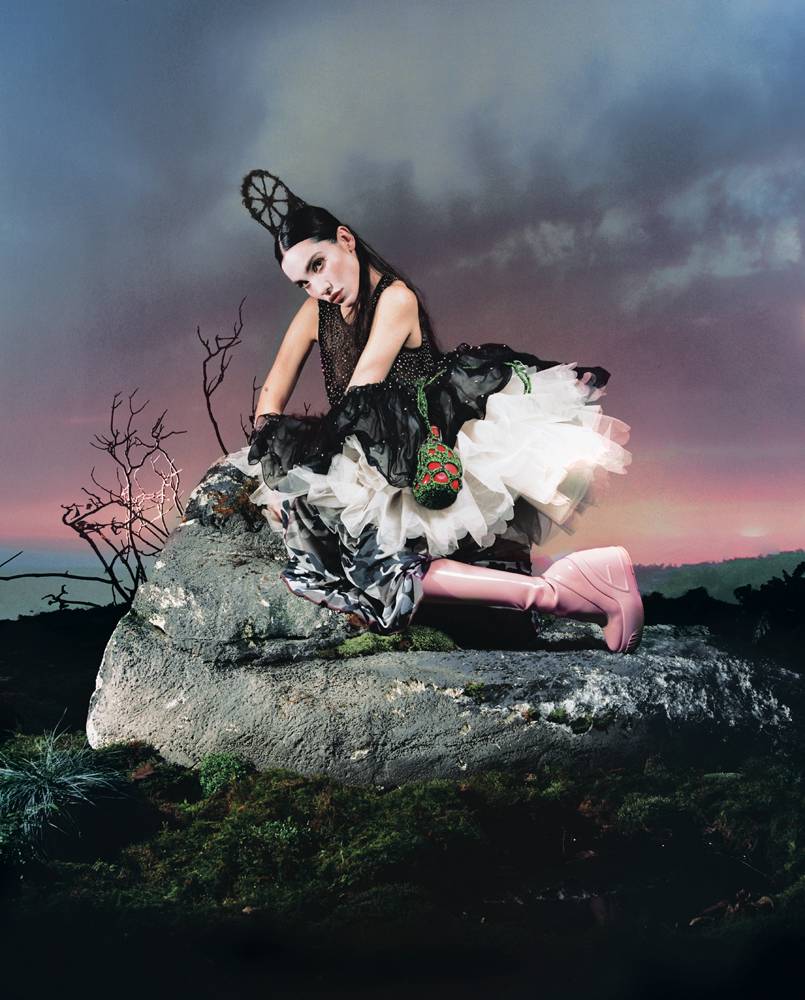
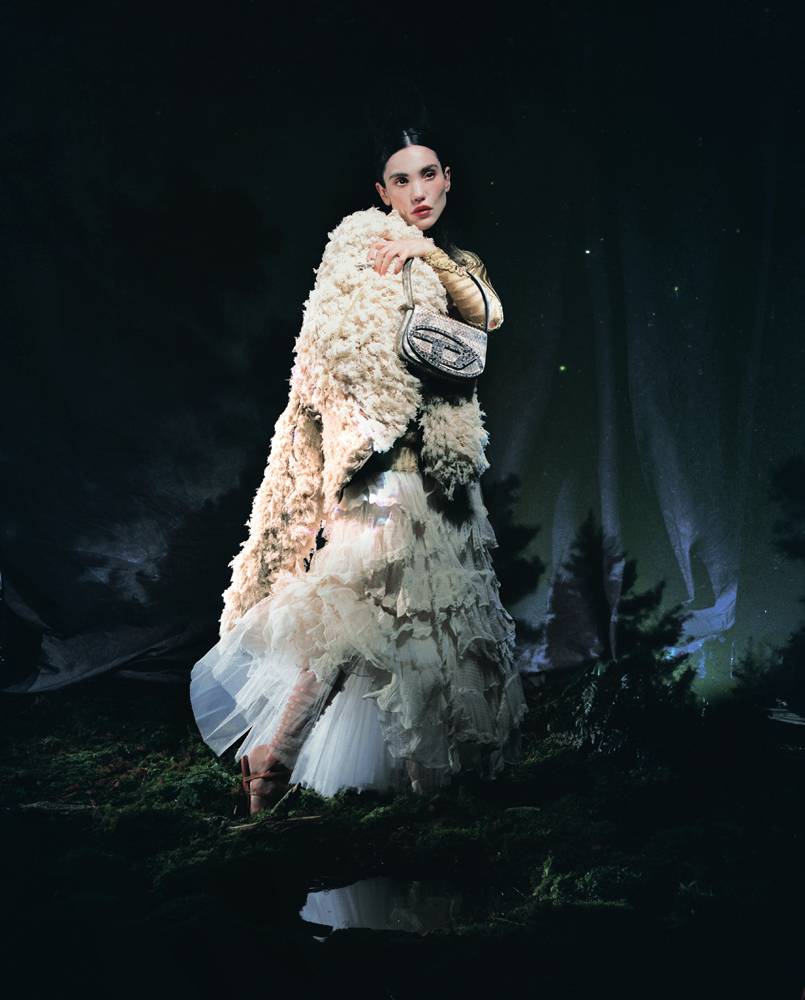
Trececerotres: a matriarchal EP filled with history and emotions
Released after five years of work, her first EP pays tribute to the matriarchal environment in which she grew up, its title, Trececerotres – “thirteen o three” –, being the number of the apartment where she, her mother and her grandmother shared so many moments and emotions. Sung in Spanish, each track evokes a character dreamed up in her imagination. The resulting five titles are at turns sinister, peaceful or danceable, their differences expressing themselves through tempo, the density of voices and the dissonant harmonies, as well as subtly Hispanicizing rhythms that at times recall Flamenco. Lalita plans to follow up the dark tone of this first EP, which was made almost entirely alone, with a first album that will be “a celebration filled with confidence and light.” To achieve this goal, she is preparing to travel to England, Spain and the Peruvian jungle in or- der to infuse her work with a new force: collaboration.
Trececerotres (Young), out now.
